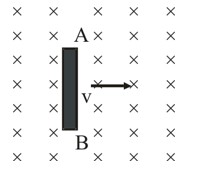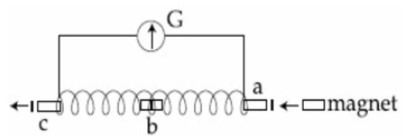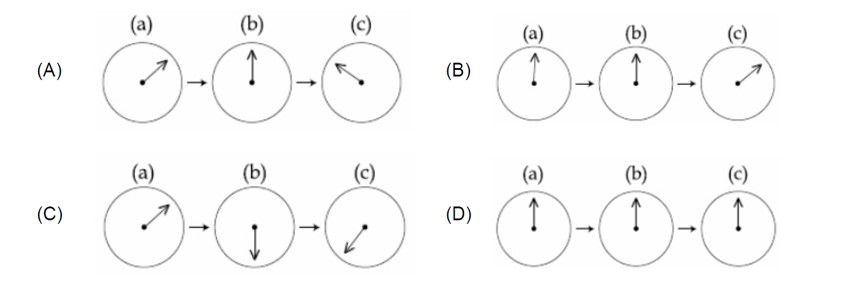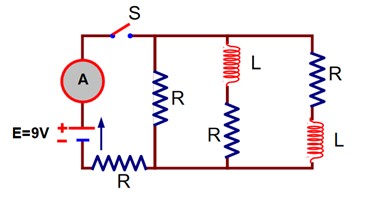Consider a metallic pipe with ah inner radius of 1 cm. If a cylindrical bar magnet of radius 0.8 cm is dropped through the pipe, it takes more time to come down than it takes for a similar un-magnetised cylindrical iron bar dropped through the metallic pipe. Explain.
Consider a metallic pipe with ah inner radius of 1 cm. If a cylindrical bar magnet of radius 0.8 cm is dropped through the pipe, it takes more time to come down than it takes for a similar un-magnetised cylindrical iron bar dropped through the metallic pipe. Explain.
-
1 Answer
-
This is a short answer type question as classified in NCERT Exemplar
When cylindrical bar magnet of radius 0.8 cm is dropped through the metallic pipe with an inner radius of 1 cm, flux linked with the cylinder changes and consequently eddy currents are produced in the metallic pipe. According to Lenz's law, these currents will oppose the (cause) motion of the magnet.
Therefore, magnet's downward acceleration will be less than the acceleration due to gravity g. On the other hand, an non magnetised iron bar will not produce eddy currents and will fall with an acceleration due to gravity g.
Thus, the magnet will take more time to come down
...more
Similar Questions for you
Kindly go through the solution
Bv = B sin 60°
->
M = φ? /I? = (B? A? )/I? = [ (μ? I? /2R? )πR? ²]/I?
[Diagram of two concentric coils]
M = (μ? πR? ²)/ (2R? )
M ∝ R? ²/R?
(A) The magnet's entry
R =
L = 2 mH
E = 9V
Just after the switch ‘S’ is closed, the inductor acts as open circuit.
Taking an Exam? Selecting a College?
Get authentic answers from experts, students and alumni that you won't find anywhere else
Sign Up on ShikshaOn Shiksha, get access to
- 65k Colleges
- 1.2k Exams
- 679k Reviews
- 1800k Answers




